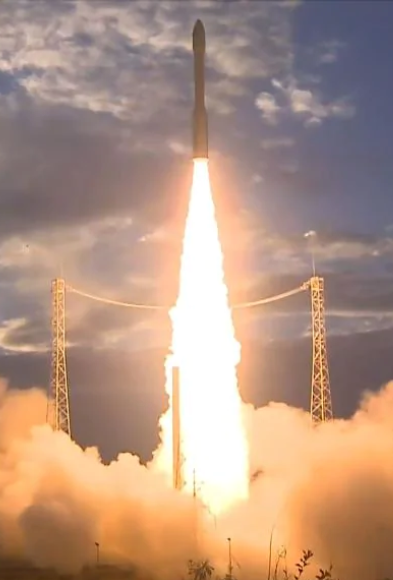SA rocket site questioned
 The SA Government has approved a rocket launch pad on the Eyre Peninsula, despite objections from traditional owners and conservationists.
The SA Government has approved a rocket launch pad on the Eyre Peninsula, despite objections from traditional owners and conservationists.
The State Commission Assessment Panel has approved aerospace business Southern Launch’s plan to fire three test rockets at a temporary launch site at Whalers Way this year.
The approval came with conditions, including that an environmental management plan be completed to “ensure the appropriate mitigation … of potential impacts”, and that the company undertake remediation work after the launches.
Southern Launch's CEO Lloyd Damp says the “small rocket launches” will collect data on noise and vibrations for future planned launches at a more permanent site.
“What we're proposing is to launch rockets that are about 10 metres tall from the site — they are on the smaller scale of what we hopefully will be launching,” he said.
“The test rockets won't be carrying any major payload … but our hope is that, should the Whalers Way Orbital Launch Complex be approved, we can then do launches to orbit — sending satellites into space.”
Southern Launch still needs a launch licence from the Australian Space Agency, but the SA Government has welcomed the panel's decision as an “exciting step forward” for South Australia's fledgling space industry.
But Whalers Way is a popular tourist spot and home to several threatened species. For this reason, Zoos SA has voiced opposition to the project.
“We are supportive of the space industry in South Australia … [but] our concern was really about the location,” chief executive Elaine Bensted said.
‘It is in an area that we know is very, very important from a conservation perspective.
“The scientific approach that was put forward in the submission, we didn't think considered what it needed to for the impact [on] birds.”
The conservationists are concerned that the noise of the launches could cause behavioural changes in already vulnerable species.
Local Indigenous figures have spoken out about the launch site too.
Southern Launch says it is working with the relevant groups.
“We've been working with the Department for Environment and Water, the Environmental Protection [Authority] as well as the federal government agencies to understand how to ensure our activities aren't detrimental to the existing flora and fauna on the site,” Mr Damp said.







 Print
Print